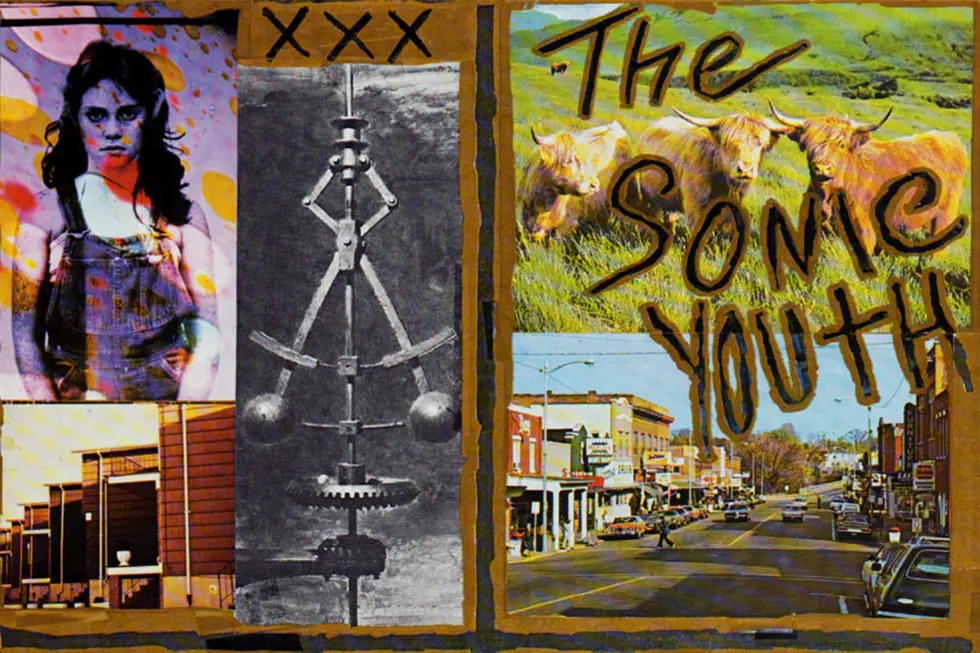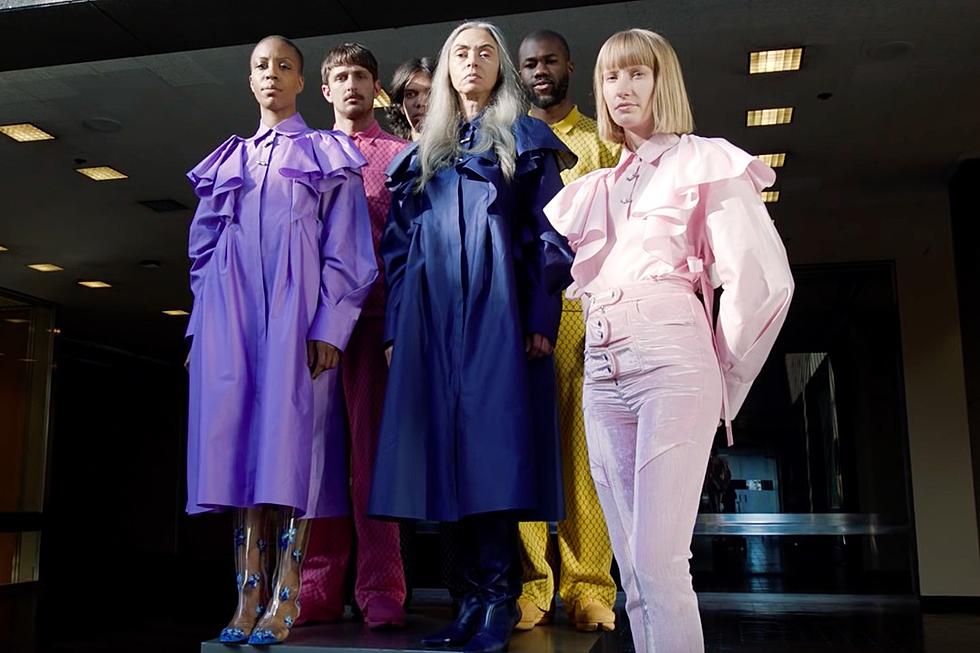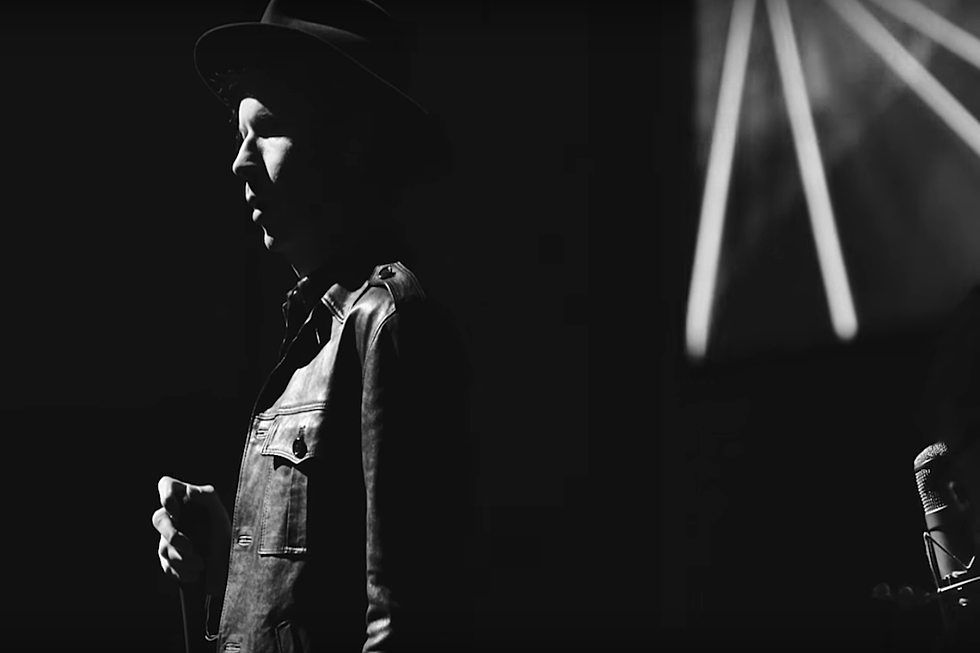15 Years Ago: Sonic Youth Bounce Back With ‘Murray Street’
The four or five albums leading to Sonic Youth’s 12th, 2002’s Murray Street, were sketchy, scattered, sometimes unreliable, testy, messy and unlistenable at times. At first, they tried to reach a bigger audience with their major-label deal. Then they scaled back, compromising a bit, before they finally gave up and made noisy records that were more pre-Sister art rock than post-Daydream Nation-indie.
But with Murray Street, they were at another crossroads. Its predecessor, 2000’s NYC Ghosts & Flowers, was one of the most difficult albums of their career. Even the band’s most devoted fans didn’t like too much about it. Coupled with the events of 9/11, which greatly affected their NYC hometown, Sonic Youth decided to make some changes. First, they brought in multi-instrumentalist Jim O’Rourke as an official fifth member. And then they got around to making their best album in years.
Sessions for Murray Street began a month before Sept. 11. But the tragedy halted recording for a while as the group, like the rest of the country, tried to make sense of what happened. By the time they wrapped in March 2002, Sonic Youth had seven new songs that sparked with renewed energy and struck a balance between their adventurous side (the 11-minute "Karen Revisited") and their more tuneful excursions (the opening "The Empty Page"). It’s not Sonic Youth’s best album, but it is their best in years.
As far as these things go, the album did a little better commercially than NYC Ghosts & Flowers, making it to No. 126 on the chart. No singles were released from the album, but it didn’t matter much, because radio hadn’t touched a Sonic Youth song in years. Now that they were back in relatively good shape (some credit must go to O’Rourke, who helped the band get on track), they worked out a similar plan for 2004’s Sonic Nurse, a darker variation on Murray Street. Better days were ahead.
Sonic Youth Albums Ranked in Order of Awesomeness
More From Diffuser.fm









